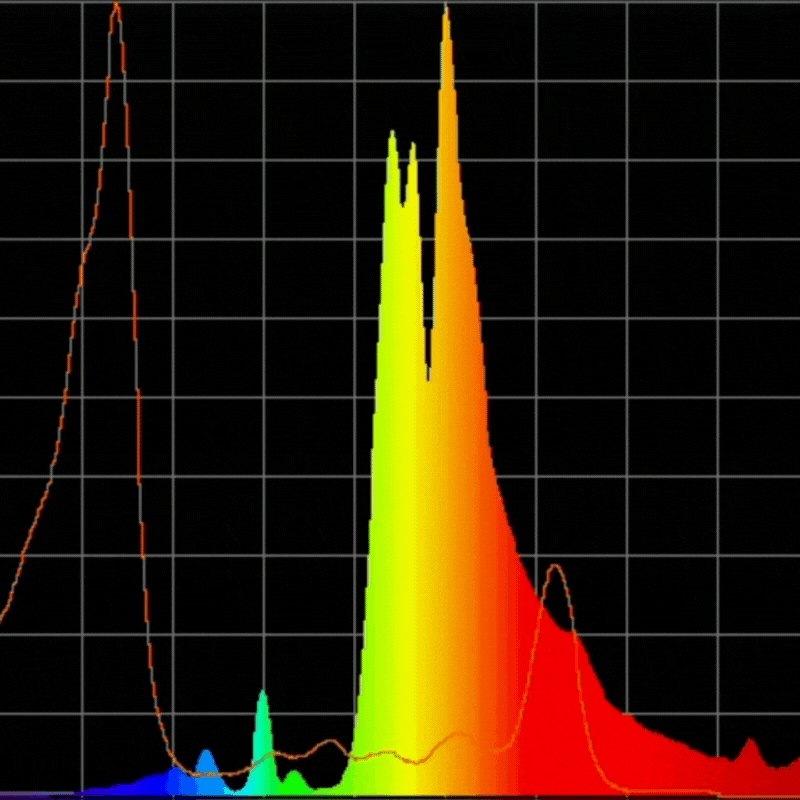The Anatomy of an HPS Lamp
- Brian Gandy
- Aug 27
- 3 min read
Last year, I did a deep dive on High-Pressure Sodium lamps. Coming full circle on my last decade of Lighting research and development that primarily focused on LED applications. It was surprising how little current information there was on the inner workings of these components. And most information was on older technology, like single-ended lamps. It's as though when the DE Lamps hit the market in the US, LED was en vogue, and no one bothered to update information on the most efficient PPFD plasma pump to date. I gathered what I could from old resources and reached out to a few vendors and colleagues to fill in the gaps in terminology and components. You can watch a video on it HERE.

Since then I have illustrated and updated some materials worth highlighting in a more digestible format. The key takeaways are: You get what you pay for
More spent up front can buy you months if not a year or more of viable output
There are low, mid and top-tier options
Price ranges from $25 to $100 per lamp. On average, the best lamps should cost $50 to $70 each at wholesale.

HPS Degradation Over Time A PAR meter should not be trusted.
PPFD and Yield DO NOT correlate with HPS
(8-10% on the meter could mean a 30% drop in yield)
Re-lamping intervals should be part of your SOP
The most Important components are the Arc-Tube and Ignitor. Arc-Tube dictates the quality and integrity of the spectrum initially and over time. The Ignitor can range from non-existent to triple-wrapped coils in premium lamps, i.e., USHIO, Dutch Lighting Innovations, and Agrolux (Gavita) lamps. You can source HPS lamps direct through us and we can facilitate the recycling of your old lamps through our Relamp and Relax program. What follows is an in-depth look at each component: Arc Tube
The arc tube is where the light is generated. It operates under high pressure and extreme heat, so materials matter.
Made from polycrystalline alumina (PCA), the same class of material as sapphire glass
Contains xenon, mercury, and sodium
Mercury contributes blue light to the spectrum
More mercury = better for veg phase, but requires responsible recycling
Ignitor
The ignitor handles the high-voltage pulse that gets the arc going.
Often overlooked but critical for lamp performance
Premium brands like USHIO use robust triple-wrapped leads
Cheaper imports cut corners here, leading to startup delays or failure
If a lamp struggles to ignite or re-strike hot, the ignitor may be the issue
Arc Tube Stabilizers
These are the small metal brackets that keep the arc tube stable inside the outer bulb.
Premium lamps use stainless steel or nickel
Lower grades use flimsy build, leading to vibration and failure
Poor support means vibration, misalignment, and early lamp failure
Especially important in high-bay or vibration-prone setups
Getter
The getter is a reactive metal that helps maintain vacuum integrity inside the lamp.
Traps unwanted gases like oxygen and hydrogen
Prevents spectrum drift, darkening, or sudden failure
Often underbuilt or missing in low-end lamps
If your lamps darken or degrade early, this is often the reason
Mercury Amalgam
Mercury and Sodium are combine in the plasma chemistry (Hg Blue, Na Yellow)
Helps regulate sodium vaporization during startup
Adds blue light to the spectral output
More mercury = better for plant growth, but must be handled responsibly
Mercury exposure is a serious environmental and safety concern
Contact Us if you have any questions or if you would like to support our lab.




Comments